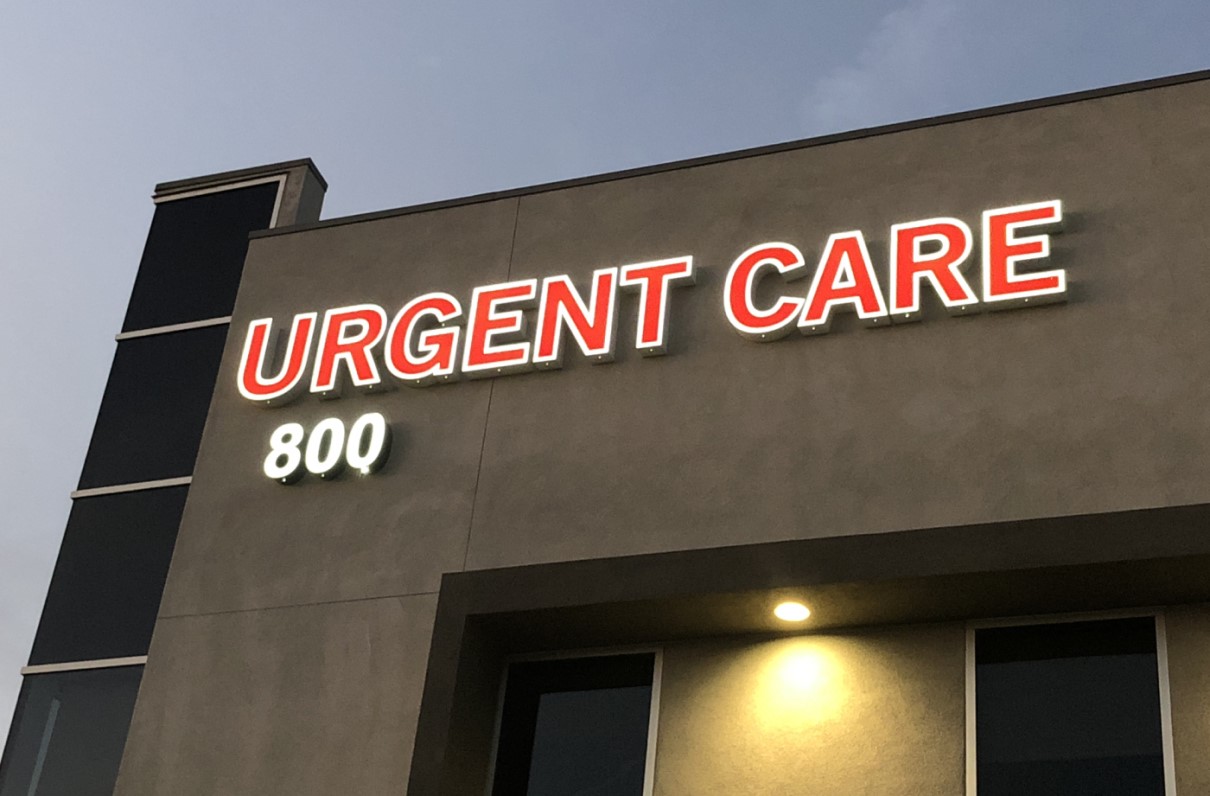(Updated June 6 with details on how to find participating providers online.)
By MOAA Staff
VA beneficiaries will have access to private-sector urgent care as of June 6, one of several parts of the VA MISSION Act that will take effect that date.
Regulations surrounding this portion of the wide-ranging plan were released June 5. Click here to read them. Below is a quick summary, from that document and other fact sheets provided by VA in recent weeks.
Want to know more, or have specific questions about your health care needs? Visit the VA’s health care web portal for department contact information, or visit your local VA Medical Center (click here to find it).
[FROM VA.GOV: Health Care Options Through VA (PDF)]
2. You don’t need to tell VA. Prior authorization isn’t required, but that doesn’t mean you can walk into your nearest urgent care center without doing some homework.
3. You need to confirm provider participation. Beneficiaries must ask their provider if they are part of VA’s contacted network, then tell the provider they want to use their VA benefit. The provider will confirm eligibility; if there’s no confirmation, expect to get a bill for the full cost of treatment – and to get no help from VA paying it.
[RELATED: A More Accurate, Completely Digital DD-214 Is on Its Way]
4. You can find participating providers online. Head here to access a locator map hosted by VA's urgent-care contractor, TriWest. To find VA facilities or non-urgent care community providers, continue using VA’s online location finder. Be sure you are using the right tool for the job: VA-approved community care providers may not be part of VA's urgent care network, for example.
5. You can’t use urgent care for excluded services. Preventative care and dental services aren’t covered. Neither are life-threatening cases, which fall under VA’s emergency care coverage (learn more here). Consult VA if you’re not clear whether your ailment qualifies. The only preventative-care exception: Per VA guidance, you’re covered for a flu shot.
6. You might have to pay $30. Copayments are broken down by VA priority groups. Here’s the breakdown:
- Beneficiaries in Priority Groups 1 through 5 get three zero-copay visits in a calendar year. Each visit after that costs $30.
- Priority Group 6 beneficiaries must pay $30 for all visits, unless the visit is “related to a condition covered by a special authority,” per VA – in other words, related to ailments caused by service-connected toxic exposure, military sexual trauma, and similar service-related issues. Consult VA for specifics. The first three visits connected to these issues have zero copay; they’ll cost $30 after that.
- Beneficiaries in Priority Groups 7 and 8 pay $30 per visit.
7. Seriously, get a flu shot. Regardless of your priority group, there's no copay for urgent care visits that involve only a flu shot.
8. You’ll get a bill from VA. Beneficiaries won’t be asked to pay out-of-pocket at the provider, according to a VA fact sheet. The provider will bill VA, and VA will bill the beneficiary (if applicable).



